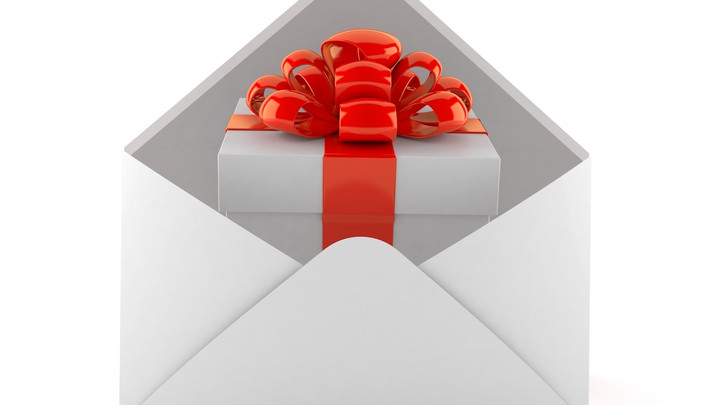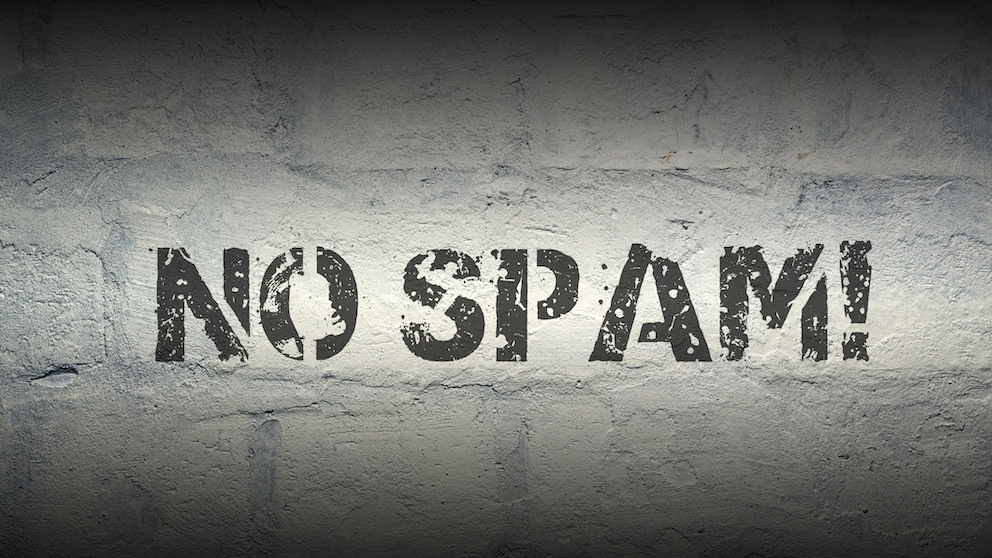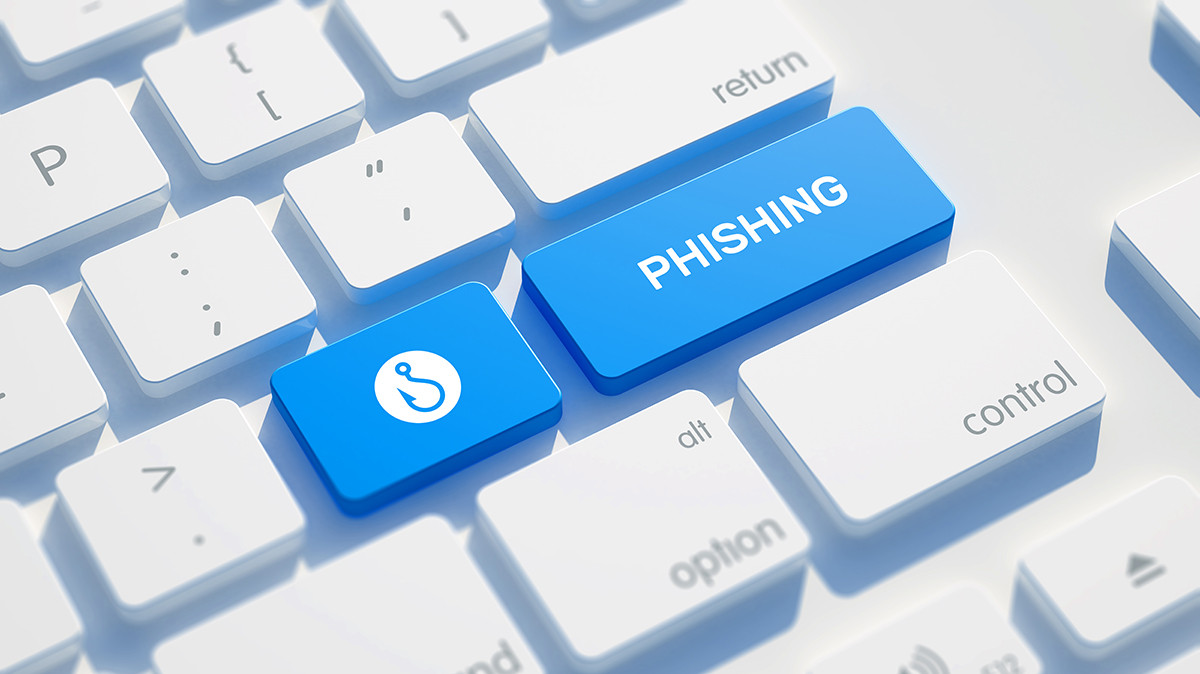The Future of Email – Email Just For You
Julia Janssen-Holldiek, Director of the CSA, on the exciting future of individualized email, and why marketers should find email standards sexy.

© Talaj | istockphoto.com
In 2018, 3.8 billion email users sent 280 billion emails daily worldwide. Forecasts are that, by 2022, this number will have increased to 333 billion emails daily. Email is an inexpensive way to be in contact with customers – and its ROI of 42% is enough to set marketers’ hearts aflame.
As a result of these massive figures, relevance is becoming increasingly more important when it comes to communicating with customers by email. Marketers want their email to stand out from the 332.999… billion other emails being sent to customers on any given day. A second trend occurring in the economy as a whole – and which can be leveraged in email too – is personalization. And finally, the importance of engagement is increasing. The challenge is to bring these three factors together to find a way for customers to get engaged with brands through email.
Customization and personalization by their very nature increase customer engagement, support the development of deeper customer relationships, and in the end result in a higher spend. This is possible in email by offering individual choices within standardized frameworks. Standards ease communication between senders and receivers and allow email to be more flexible and more productive. “Email Just For You” represents the importance of this desired individuality, but also of quality standards that form the basis of the evolution of email.
Creating the personal experience in email marketing
What can marketers do now to more effectively personalize their mailings?
1. Relevance
Customization is based on the degree to which the content of the email and the email itself fits to the needs of the receiver. The email should always be customized to the needs of the recipient because then it’s relevant for this person. It has to be sent with the right content, to the right person, at the right time.
So customization needs to come first, as a basic rule. There could be exceptions of course. So, for example if I receive a birthday email, a birthday is a birthday, and it doesn’t necessarily have to be personalized further than wishing me a happy birthday.
2. Personalization
Personalization, then, is a finer-grained categorization within customization. Of course, the first thing that’s required is a certain amount of extra information from the recipient – and most importantly, with the agreement of the recipient. Marketers can only ever make use of information that the recipient wants them to use, and they should make it very clear to the recipient that they are only working with the information that the recipient allows them to use. One mechanism to gain this information is to ask for feedback, or to develop a creative campaign of activities where recipients can submit their data. In this way, marketers can find out information about their customers, and can get their customers’ consent to collect and work with the data. That data can then be used to create really targeted and personalized messaging.
An example would be feedback which has been received from the recipient about a product. For this to be successful, however, one major challenge is that company departments need to work together much more closely than they have done in the past. With this approach, it’s no longer possible to have silos in the company. Looking at the feedback scenario, for example, there needs to be an interlinking between the email marketers and customer support. If customer support receives a message from an unhappy customer, this information could be integrated into the email marketing activities. But this requires really a change of mindset in companies and collaboration between departments.
For more information on how to approach this, customer feedback through email is the topic covered by Leonie Jonker from Paula’s Choice, “Building Relationships Through Customer Feedback”.
3. Avoiding the creepy line
Without data about user behavior, it’s not possible to personalize. But that kind of data is now subject to the stringent rules of the GDPR. Marketers need to ensure two things: They need to be data protection compliant, and they need to avoid the (less clearly- and highly individually defined) “creepy line”.
Talking to different players in the email industry – email marketers or mail security people, for example – it’s clear that everyone knows what the “creepy line” is, but everyone defines it differently for themselves. That’s the danger – marketers need to put themselves in their customers’ shoes. When we talk about the creepy line, what we mean is that you as a recipient receive an email and you can see from the content that the sender knows something about you that you didn’t want them to know. And it can be creepy.
But then again, the creepy line is defined very individually by everyone. What I want the company to know about me probably differs from what you want the company to know about you. So companies have to be very careful that they are always transparent, and they’re not using data which scares recipients and where their alarm bell rings: “Hey, where did that they get that data from? I didn’t want them to know that.” A possible result of this could be that the recipient unsubscribes from a newsletter, and this is not what marketers want.
And it’s about more than just whether a customer “wants” the company to know something – it’s about whether the company is even “allowed” to know it. This is based on the legal concept of consent as spelled out in the EU General Data Protection Regulation (GDPR), for instance: companies are only able to collect data for which the recipient has given them consent.
The future – individualized email
There are a range of developments on the horizon which have the potential to make the email experience even more individual, relevant, and engaging. Looking into the crystal ball of the mid to long-term future, of course the email experience is harder to define. In the mid-term, it could be that email is actually only the underlying technology, the messaging process for an exciting customer experience. Maybe we won’t even have an email client anymore. Data from emails could be provided to us according to relevance and immediate importance by AI-based assistants, and our responses will be dictated rather than typed – a far cry from our current email experience. But we’ll have to wait and see.
However, in the nearer future we will see that the line between different marketing channels or marketing tools is becoming blurred. For example, it is becoming possible for recipients to interact in email as if they were on a website. There are pilots for interactive email currently taking place. The advantage for the sender is that they could provide a personalized experience without the users needing to log in or go online, and the interaction and engagement of recipient is much better. Users can click through a photo gallery, write reviews, experiment with a color range, all without leaving the email, as Mark Robbins from Salesforce explains in his interview on interactive email.
One project focused on interactivity in emails is Google’s AMP for Email, launched in early 2019. It allows for dynamic content in emails, and can do cool things like bring real-time data into emails. Going back to my birthday email, a sender using AMP could integrate real time data – such as today’s weather in my home town or current location – into that email. If it’s raining heavily, the birthday offer could be a 50 percent discount on a new rain jacket, whereas if it’s sunny and 35° C, I could get a 50 percent discount on swimwear. This will make some types of email much more immediately relevant.
Email standards – why marketers should find them sexy
Such innovations in the email world are only possible through the creation of standards that everybody can use. But email standards don’t sound particularly sexy, and marketers tend not to be very interested in ensuring that their emails comply with them. Marketers, it seems, tend to be more interested in pretty pictures, great design, nice colors, and the ability to track.
Many marketers do not see the implementation of technical details as relevant for their line of work. This is partly because you don’t see the result immediately. This is a challenge we face with implementing a standard, a new technology, or a best practice: sometimes we don’t see the outcome right away. And if you’re working in the marketing department and if you have dashboards to fill and targets to reach at the end of the quarter, there’s nothing which is incentivizing you to implement the technical details.
So what are the results of implementing technical standards? The long term outcome is that you can still send emails. And that’s the problem: There are few positive incentives – but there is a high risk and the damage will be there long term. As a result, we need to reframe the questions: What are the consequences of not implementing technical standards? The answer is: If you don’t apply the best practices now, you will have a really big problem in the future – your reputation may be ruined and this will be really hard to undo. Maybe you will have legal fines from customers, and mailbox providers won’t even deliver your email anymore. If you haven’t set up a report system, you won’t even notice. So the clear message is the high risk of inaction.
Email security analysts have begun to comprehend the need to incentivize technical standards, and they are starting to speak to email marketing senders in a language that they understand. A very good example of this is BIMI. BIMI allows a brand to have their logo displayed in the recipient’s inbox if DMARC is implemented in a specific way by the sending domain. So, if you have implemented DMARC effectively, then you can have your brand logo displayed in inboxes: This is a language that marketers understand. And I think that’s the point where the industry needs to work together in order to make those standards sexy, as Marcel Becker and Seth Blank discuss in their interview “The Email Revolution Transforming Customer Experience.”
Another standard being developed is schema.org. With schema.org, the objective is to build a “smart inbox” – a digital assistant to help manage emails. Initiatives like this have the potential to have a profound effect on the email experience of the future. The problem is that before a machine (be that your email client or your voice assistant) can assist with an email, it needs to understand what an email is about. While machine learning has already made some progress in the interpretation of email information, schema.org can offer a better, cleaner solution: Letting the email itself say what its purpose is, through additional tagging and meta information. Brands in particular would have an interest in doing this, because the sender is then 100% in control of how the email is interpreted by different machines or smart inboxes.
CSA – supporting the development of standards
The Certified Senders Alliance (CSA) supports development of standards and technologies that enhance the humble email.
In the first instance we establish quality standards. This means we look at the current law, and we talk to mailbox providers and senders, the industry. And we update the standards regularly, as needs be. The CSA Criteria provide an excellent set of best practices. So, here, we’re talking about the theory.
And then, putting it into practice, we certify senders that comply with these standards. And we have technology partners and mailbox providers who have implemented the list of senders who comply with those standards and have a deliverability benefit for them. So if you follow the CSA best practices and get your brand certified, or you work with a CSA-certified email service provider, you will see the benefit in a better deliverability. And then, apart from the setting of standards and certification, we also promote the development of new technical standards and new technologies. These are always presented at the annual CSA Summit, where experts talk about new developments, as well as in white papers and interviews. Last but not least, the CSA seal stands for the fact that senders care about high quality emails…and this is something their customers are interested in.
Julia Janssen-Holldiek became part of the CSA team in 2014 and Director in 2017, and is passionate about creating and enabling quality standards for commercial emailing. Prior to the CSA, she worked for several years in Marketing and Sales at Dell. Julia studied business administration at the University of Cologne and the Universidad Torcuato di Tella, Buenos Aires.






